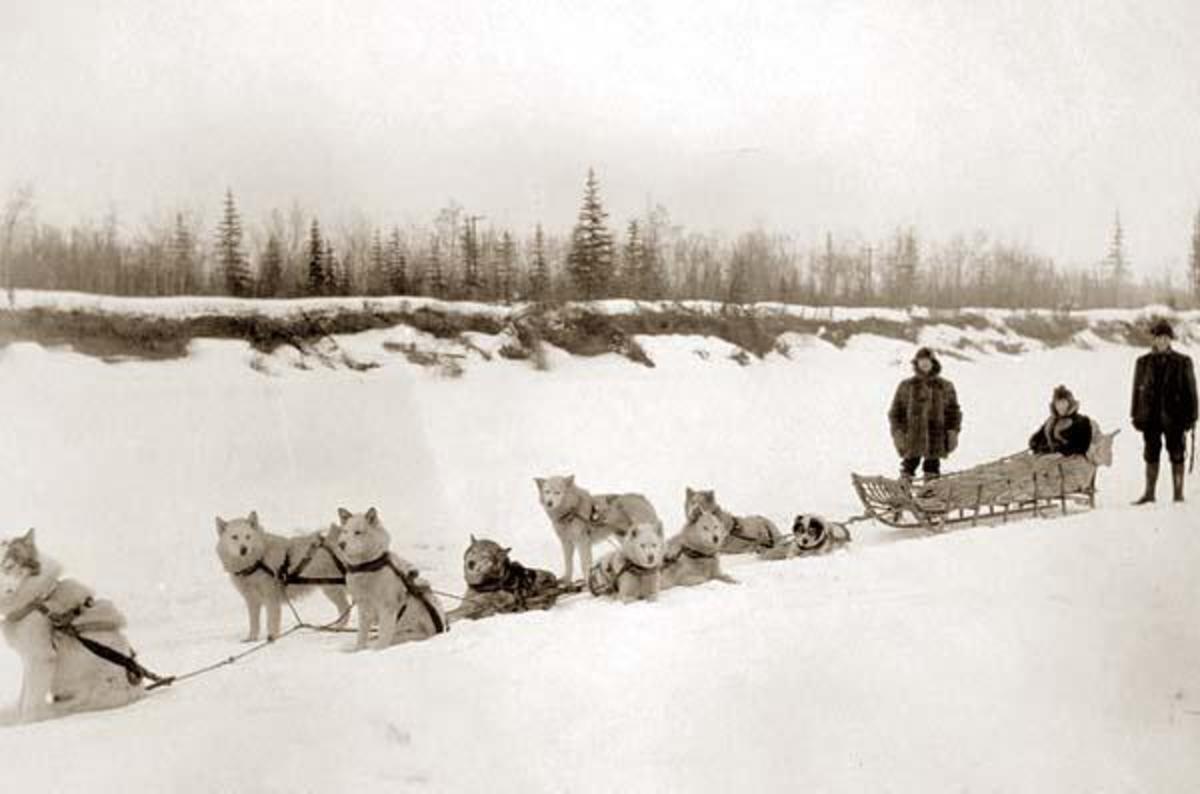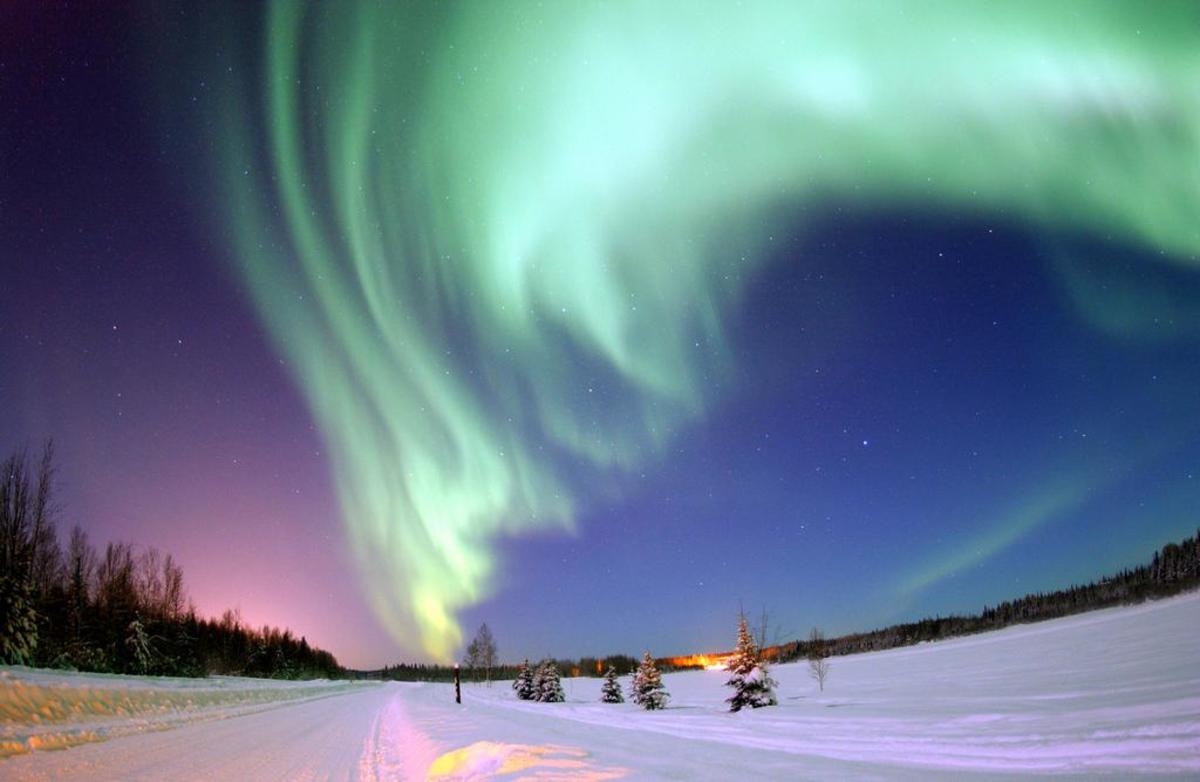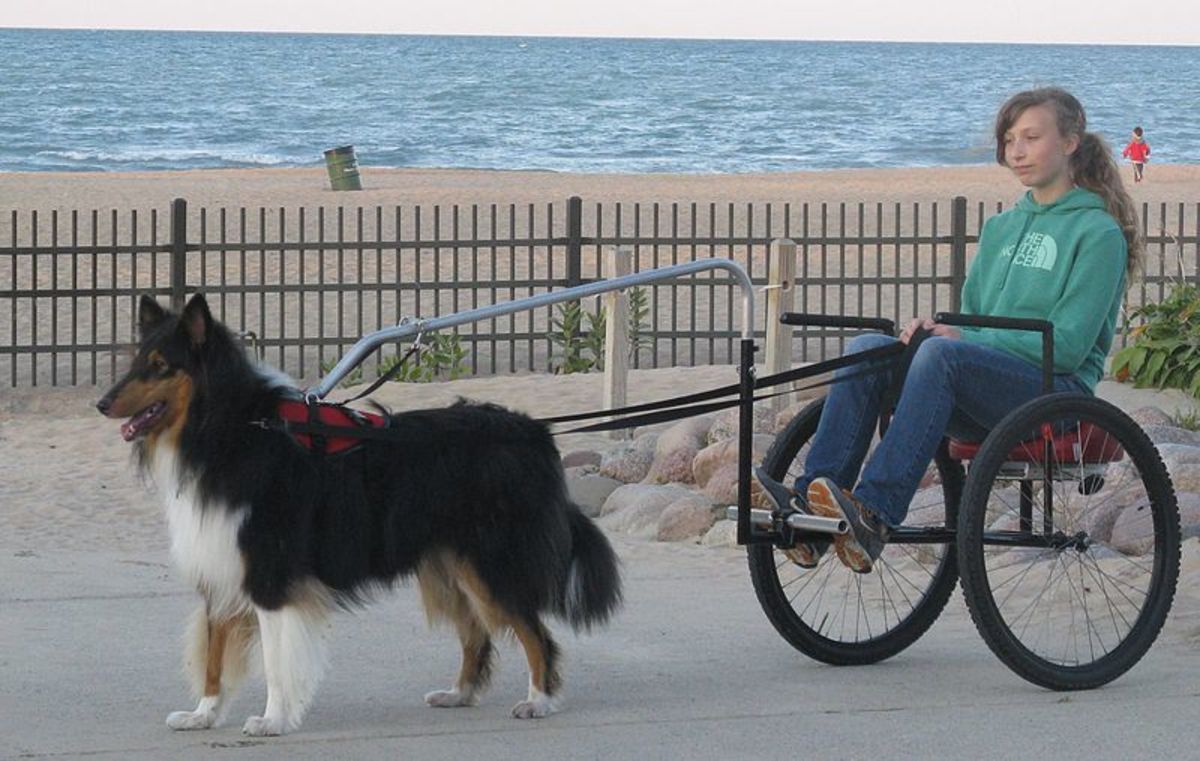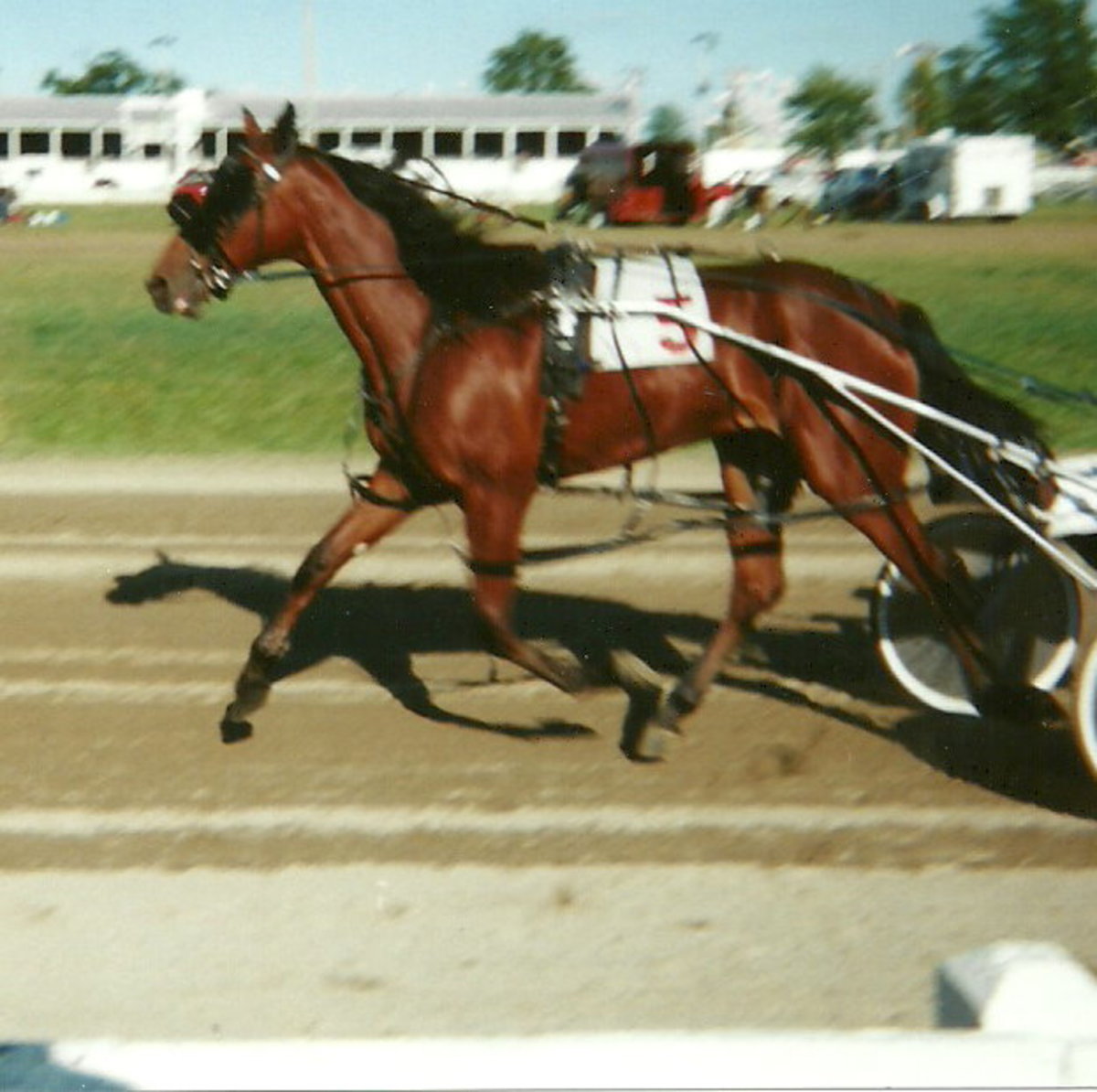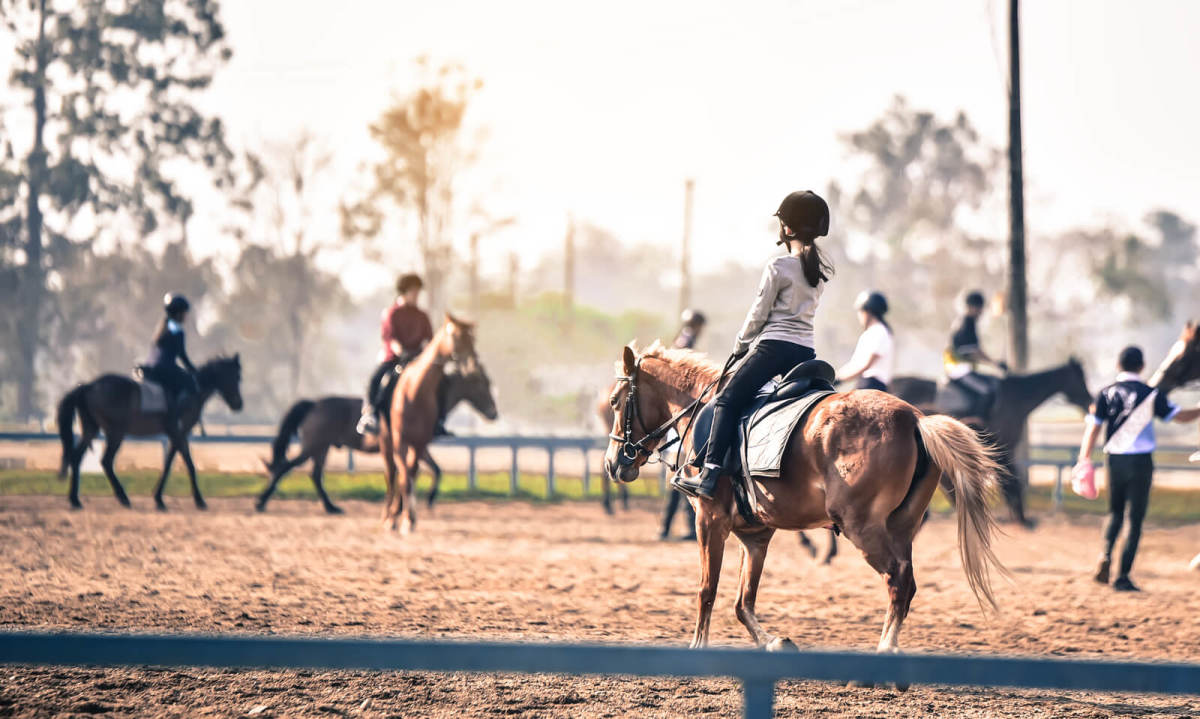The Great Iditarod Trail Sled Dog Race
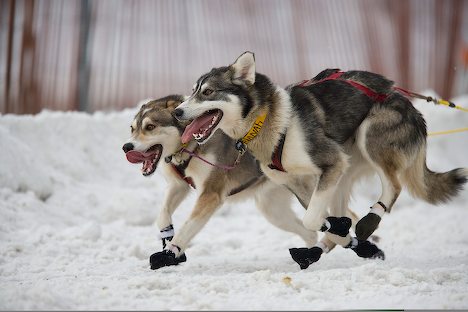
The Iditarod Trail Sled Dog Race: The Toughest Race on Earth
The annual “last great race on earth” is taking place on March 3, 2012 with a starting time at 1000h in Anchorage, Alaska, United States. What is this race? This is the ultimate, competitive dog sledding race: the Iditarod. This dog sled race covers over 1,150 miles in 10-17 days through the roughest, toughest, coldest, darkest and most beautiful terrain in the North. It not only tests the skills of the musher and his team, but the mettle that they are made of. It is a race that only the most determined and the ones with the greatest heart will finish. Finishing the race alive is the goal. Winning is the dream.
How the Iditarod Trail Sled Dog Race Came to Be
In 1964, Dorothy Page played an important role in establishing the celebrations for Alaska’s Centennial Year in 1967 by proposing a dog sled race as a venue for the celebrations. The first race was ran in 1967, and in 1969, there were two short races that ran along the Iditarod Trail. The face of the North was beginning to change with the invention of the snowmobile, and the tradition of dog sledding was beginning to disappear as the snowmobile took over the sled dog’s domain. Dorothy Page foresaw the demise of dog sledding, and approached Joe Redington Sr. with the idea of a competitive dog sled race. Not only were they preserving the tradition of dog sledding, they were establishing the Iditarod Trail as an historic trail.
The Iditarod Trail is located in the Yukon and was named after the last gold rush to the Iditarod mining fields. These fields are now deserted. However, the sled dog contributed immensely to the development and settlement of the North and the Iditarod Trail is a tribute to them.
Together, along with many others and government support, they brought their idea to life in the early 1970s. The first Iditarod Trail Sled Dog Race was run from Anchorage to Nome on March 3, 1973. Since this first race, it is run annually and it is an event that attracts teams from around the world as well as journalists, film crews and tourists.
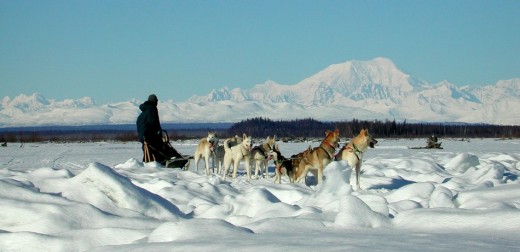
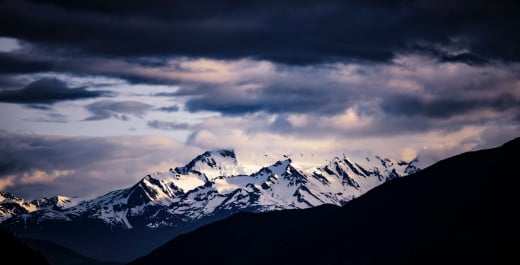
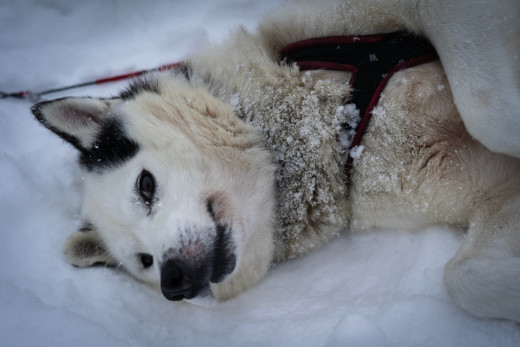
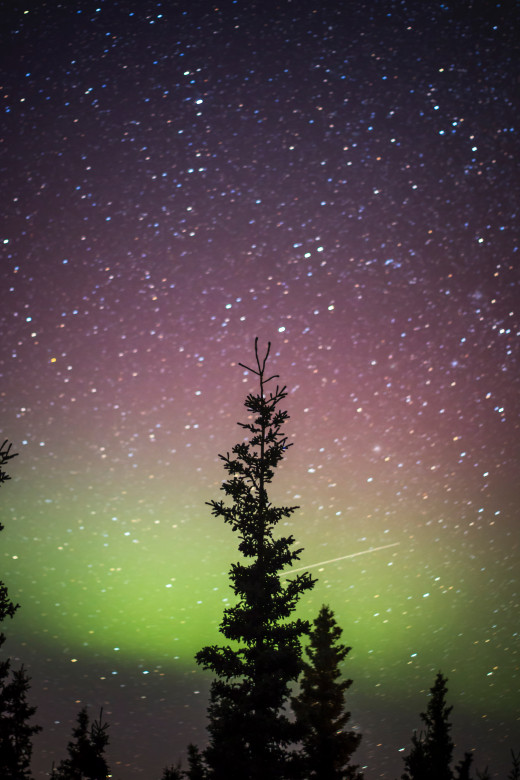
The Main, North and South Iditarod Trails
It is an event that involves the entire State of Alaska. The Iditarod race trail has been designed to pass through many small villages that would otherwise not see any visitors. The trail is unique in that it follows much of the primary route of the historic trail, but changes for one segment of the race depending on the year it is run. For “even” years, such as 2010, it will run along the North route. For “odd” years, the second segment runs along the south route. By alternating annually, it allows the majority of smaller villages in the north and south to prepare and become participants in this event.
For 2010, teams will be gathering in Anchorage for another test of their skill, endurance, determination and will. Dog sledding is a sport that is unlike any other, not only in the sense that it uses a team of animals, but that the team is driven only by verbal commands issued by their musher. The lead dog must understand all the verbal commands spoken to him in order to guide the team accordingly. Needless to say, the lead dog is extremely intelligent and at times, it appears the lead dog and musher can read each other’s minds.
North Route for Even Years
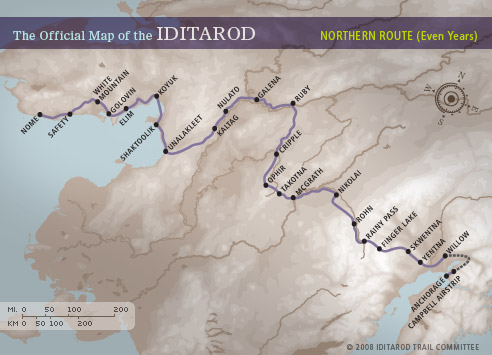
South Route for Odd Years
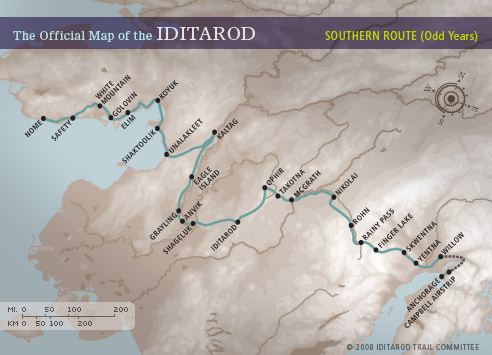
Traditions in Dog Sledding
At the beginning of the race, it is tradition that the Widow’s Lamp is lit. The Widow’s Lamp has historical significance in that it plays an important role for mushers out in the wild. In the past, the trails were used by dog sledding teams to help deliver messages, people, food, mail, medicine and other dry sundries. In the wild, the trails can become obliterated by the wind, snow and ice, leaving the traveller lost. In order to help maintain a sense of safety for the travellers, kerosene lamps were lit at roadside checkpoints marking where the traveller has arrived and provide a guiding light in inclement weather. The traveller would check in and either stay or continue along his trek. Guides were sent out ahead of the traveller to inform the next checkpoint that the team was on their way. The lamps served two purposes: one to guide the traveller to the checkpoint and the second, to indicate whether the musher and his team had or had not arrived at their destination. If he had not, the lantern remained lit and if it was believed that the musher and his team were in danger, a search and rescue party were sent out. If he had arrived safely, the lantern was snuffed, signalling the journey’s end for the musher and his team. Throughout this race, the Widow’s Lantern remains lit and will not be extinguished until the last musher and team cross the finish line.
At the finish line in Nome, each musher, whether first or last, is greeted with the city’s fire siren and a cheering crowd. For the last musher, they will be awarded the Red Lantern, which should not be confused with the “Widow’s Lamp”.
“Awarding a Red Lantern for the last place finisher in a sled dog race has become an Alaskan tradition. It started as a joke and has become a symbol of stick-to-itiveness in the mushing world.” Signalling the end of the Iditarod after the last musher arrives home, the Widow’s Lamp is extinguished.
The Many Faces of a Tradition
The Iditarod Trail Dog Sled Race knits the communities together but more importantly, it has been instrumental in reviving and continuing the tradition of dog sled racing in the North. It has now advanced further into the toughest and most dangerous competitive dog sledding race in North America.
Men and women enter this race and the first woman to place in the top ten was Susan Butcher. The first woman to win the Iditarod was Libby Riddles in 1985. Some of the men have achieved great accomplishments. Rick Swenson is the only five time winner, the only musher to have entered 20 Iditarod races and never have finished outside of the top ten. Norman Vaughan finished the race four times and at the age of 88 led an expedition to the Antarctica in 1993-1994.
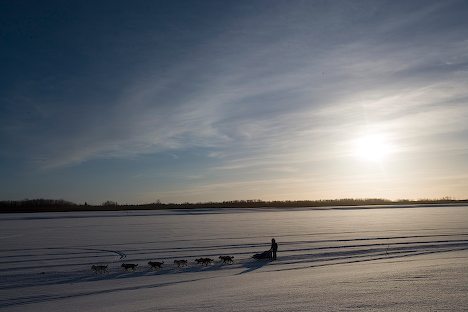
Ready to Compete or Watch?
The Iditarod Trail Dog Sled Race is the fiercest competition against Mother Nature and oneself while working in tandem with a determined team of sled dogs. The Iditarod - a race where every athlete finishes a winner.
Beth100
Copyright 2010
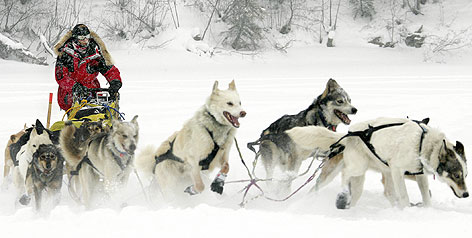
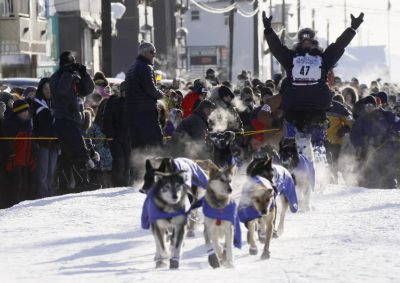

More about the Iditarod:
- The Last Great Race | Toughest Race on Earth: Iditarod
The race begins, and the returning champ already has a hitch in his plan. - Iditarod - Last Great Race on Earth®
- Jr. Iditarod
Should you be sitting through a snow blizzard, and happen to have time on your hands, here are a few word games that are all about the Iditarod Trail Dog Sled R



